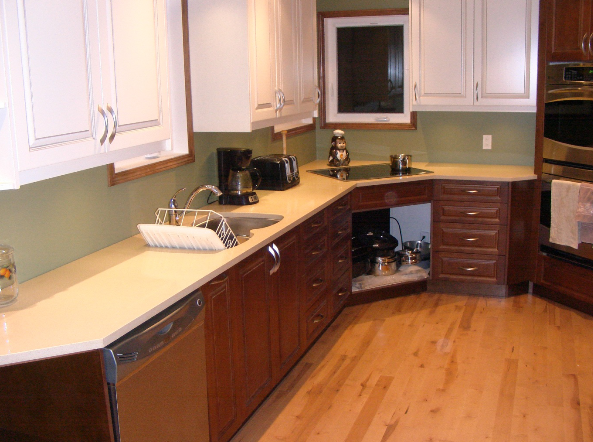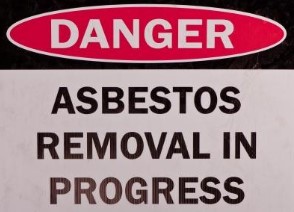Are you finding it hard to determine the kind of retaining wall you should build? The problem may be that you are not clear on what the objectives of building that wall is. You may be building the wall to simply retain the soil block. You may also be doing it for other reasons such as increasing the aesthetic appeal of your property, or you want a material that is not costly. Below is an outline to help you figure out the materials you can use.
Aesthetic appeal
If your objective is to increase the aesthetic appeal of your property, you need a material that is flexible in terms of shapes, sizes, and textures. One of the materials that you can use is natural stones. They provide a wide range of color and come in different shapes and sizes. They are also quite flexible.
Interlocking blocks is another common material for those looking for a fine looking material. Like natural stone you can choose from a wide range of different sizes and textures. The advantage with interlocking concrete blocks is that you can curve the wall around tree gardens, pools and your patio. The fact that it can be slanted or curved makes it even more beautiful as it sits on your garden.
Wood can also be a visually appealing material that you can use to build a retaining structure on your landscape. It is not very durable. However, the rustic look of the wall can complement certain landscapes and provide an elegance that may not be possible with other materials.
Cost
Cost is another important factor. You probably want a material that will allow you to complete a project within your tight budget. One of the cheapest materials you can use for this is timber. The cost of the project can be taken down further by the fact that timber if you choose to assemble it on your own. It is fairly simple to install.
A natural stone wall is another cheap material. The material is readily available and comes in a wide range of shapes and sizes. You can also put together this wall, therefore you do not have to spend on labor.
Use of modular blocks is another options which happens to be quite visually appealing. It is stacked together and is supported by the weight of the bricks due to gravity. Gravel may be added to increase its strength and support. It is also easy to install.
Durability
Concrete walls can be very durable thanks to their strength. There are several types of concrete structures you can choose from. There is concrete blocks, poured concrete, interlocking blocks, amongst others. All these materials are durable, but interlocking blocks and poured concrete require very little material. These walls can be built to very high heights not possible with other materials.
Marble is another very durable material. The fact that the ancient Egyptian structures are standing to this day, can give you an idea of how durable it is. It also requires very little maintenance. It can be cut into big blocks to prevent problems associated with multiple bricks. It performs very well under extreme temperatures.
Ease of installation
This is another important factor for those looking to build these walls on their own. It reduces labor cost because you can put up the structure without any professional help. Some of the materials that are easy to install include wood, interlocking blocks, and natural stone.
If you want your project to be successful you need to plan and do the necessary research. Look for a material that is ideal for your weather, within your budget and can accommodate the desired height.
Written by Robert Thompson, owner of Custom Outdoor Designs, where they are one of the best companies for stamped concrete in Columbia, MO.

 Exposure to asbestos happens most often in the following circumstances:
Exposure to asbestos happens most often in the following circumstances: